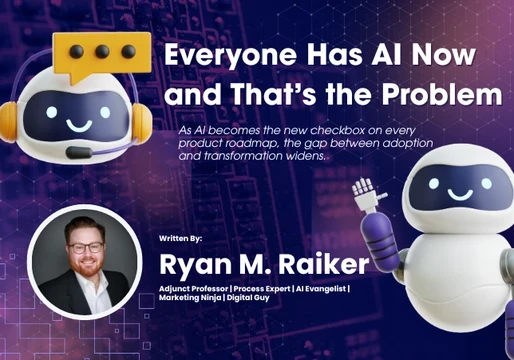AI has had more influence on the tech landscape in the past 6 months than in the last 20 years. The technology has taken the tech word by storm since the launch of OpenAI’s ChatGPT last Novemebr, gripping Silicon Valley in an AI arms that shows no sign of slowing anytime soon.

Microsoft has already invested over $11 billion into OpenAI in the last three months and is looking to implement a version of the technology into its Bing Search Engine and Office apps, including Word, Excel, PowerPoint and Outlook. Google, which has been quietly developing its own AI projects for years, has meanwhile issued a “code red”, moving huge amounts of resources into the research and development of AI software.
As Big Tech struggles for control on the AI market, monitoring the state of the technology can be challenging due to the rapid pace of its development. Still, understanding the trends and challenges that are shaping the complex and fast-moving domain is important to understand where the technology is heading.
Stanford’s 386-page AI index, released last week by the Institute for Human-Centered Artificial Intelligence, delves deep into the current state of AI, summarising some of the greatest challenges and notable breakthroughs defining the future of AI development. It borrows expertise from experts from academia and private industry to collect information and predictions on the matter, using surveys to allow the world to finger on the pulse of AI development.
In this list, we’ve compiled 10 of the top takeaways from Stanford’s findings, revealing how AI is transforming the enterprise landscape and society as a whole.







Comments ( 0 )